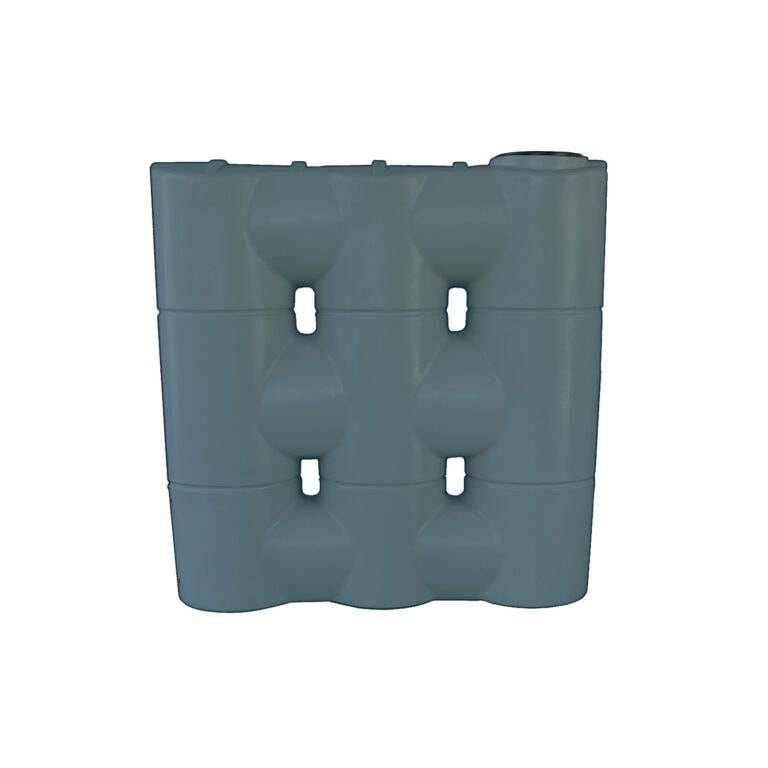Slimline Water Tanks: Fashionable and Practical for Modern Homes
Slimline Water Tanks: Fashionable and Practical for Modern Homes
Blog Article
Exploring the Different Uses of Rainwater Storage Tanks for Residential and Commercial Qualities
As the global emphasis on lasting living methods continues to escalate, the use of rain tanks in both property and business setups has arised as an important remedy. The complex uses of rainwater tanks present an engaging case for their fostering, not just as a sensible water-saving step yet additionally as a testament to accountable source administration.
Advantages of Making Use Of Rainwater Tanks
Utilizing rain containers offers various advantages for both homes and areas in terms of water conservation and sustainability. One of the essential advantages of making use of rainwater containers is the substantial reduction in dependence on keys water supply - Slimline water tanks. By capturing and keeping rainwater for later usage, people and communities can reduce their need for cured water, eventually reducing the concern on water treatment centers and decreasing energy intake related to water transport and treatment
Furthermore, rain gathering via tanks provides a reputable different water source during times of water limitations or scarcities. This kept rainwater can be used for numerous non-potable objectives such as watering, purging toilets, and cleaning clothing, reducing the strain on conventional water resources. Additionally, using rainwater containers can cause cost savings for both houses and communities by decreasing water bills and decreasing the requirement for pricey facilities growths to fulfill expanding water demands.
Basically, the usage of rainwater tanks supplies a sustainable and eco pleasant method to water management, benefiting both specific users and the broader area in regards to water preservation, cost-efficiency, and resilience.
Rainwater Tank Usage in Irrigation
Given the benefits of rain containers in conserving water sources and decreasing dependence on keys supply of water, a considerable application exists in utilizing saved rain for watering functions - Slimline water tanks. Rainwater gathering systems can properly accumulate and save rainwater, offering a sustainable water source for sprinkling gardens, yards, and farming fields. By utilizing rainwater for irrigation, homeowner can minimize their dependancy on cured water sources, bring about cost savings and ecological advantages

One of the main advantages of using rainwater for irrigation is its purity. Rainwater is normally soft and without the chemicals and ingredients typically located in mains water, making it optimal for nourishing plants without the danger of damaging results. Furthermore, rainwater goes to ambient temperature, which can profit plant growth by preventing temperature shocks that can accompany cool keys water.
Rain Containers for Bathroom Flushing

Executing rain tanks for toilet flushing is a cost-effective and eco pleasant technique that can be quickly integrated right into both property and business properties. The stored rain can be used to purge commodes by attaching the container to the existing pipes system. This basic yet effective remedy can considerably lower water intake in a building, specifically in areas where water deficiency is a concern.

Incorporating Rain Storage Tanks in Landscape Design
These storage tanks can record and keep rain drainage from roofings, which can then be made use of for sprinkling yards, yards, and plants. By making use of rainwater for irrigation purposes, building owners can reduce their reliance on metropolitan water sources, leading to cost savings and preservation of priceless water resources.
Along with offering a lasting Full Article water resource for landscape design requirements, rain containers can also aid in handling stormwater overflow. By recording rain that would or else flow into tornado drains, these storage tanks can mitigate erosion, decrease flooding threats, and you can find out more protect against pollution of all-natural water bodies. Integrating rainwater storage tanks in landscaping can add to the overall aesthetic appeal of the property, showcasing a commitment to ecological stewardship.
Industrial Applications of Rain Tanks
Utilizing rain storage tanks in commercial settings offers a lasting service for water management and preservation, benefiting companies and the setting alike. Industrial applications of rainwater containers vary and increasingly popular as a result of the expense financial savings and environmental advantages they give. One essential industrial usage is for irrigation functions, where gathered rain can be made use of to water landscaping, gardens, and farming fields bordering commercial homes. This can lead to significant decreases in water costs and reliance on municipal water sources.
Moreover, rainwater tanks can be integrated right into the fire reductions systems of industrial buildings. By having a specialized water source for firefighting purposes, companies can improve their fire safety and security measures and possibly minimize insurance premiums. Additionally, rain collected in tanks can be treated and used for non-potable objectives within commercial buildings, such as flushing commodes, cleansing, and cooling down systems. This not only conserves freshwater sources but additionally decreases operating costs for organizations. Overall, the unification of rainwater containers in industrial setups presents a sensible and environmentally liable approach to water management.
Final Thought
From watering to commode flushing and landscape design, the usage of rainwater tanks can help save water resources and lower water expenses. On the whole, the convenience and sustainability of rainwater containers make them a valuable investment for any kind of residential property owner looking to increase water performance.
Report this page